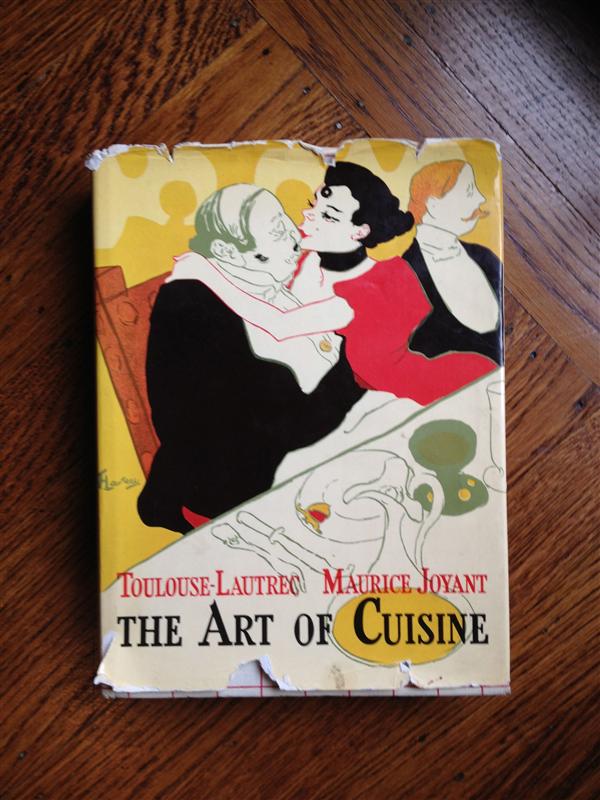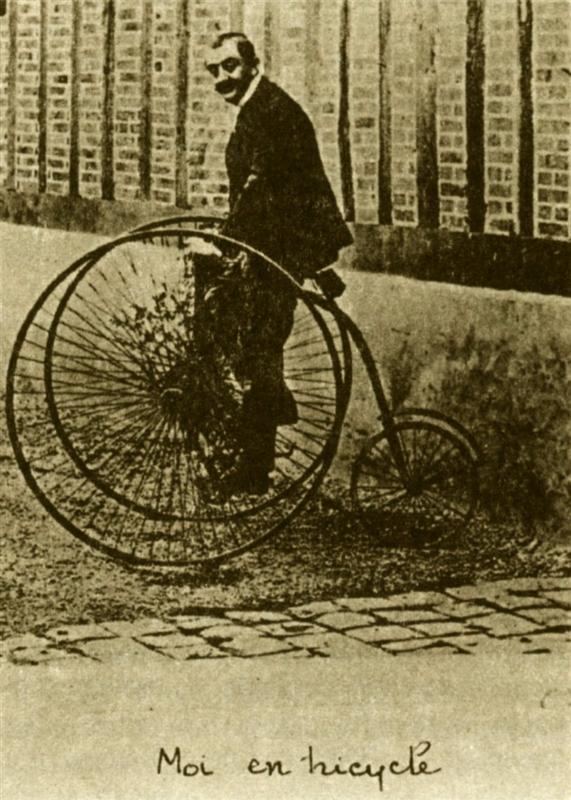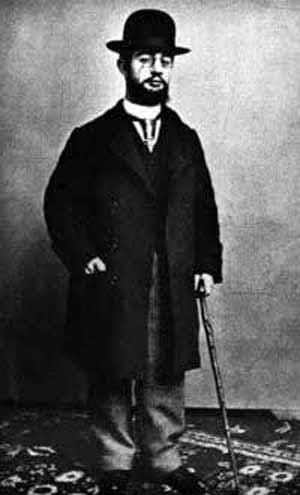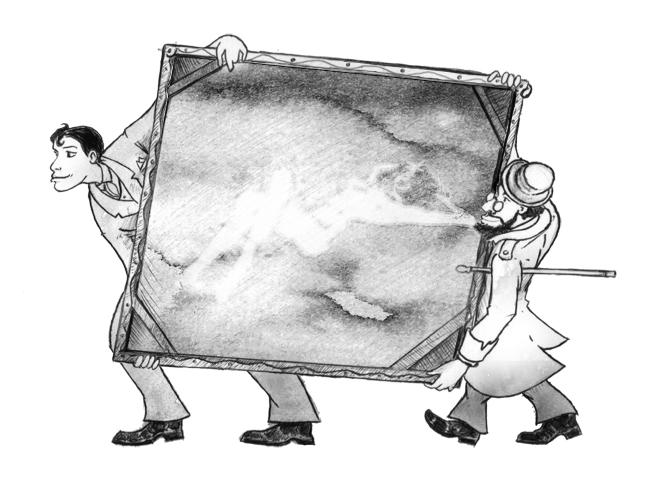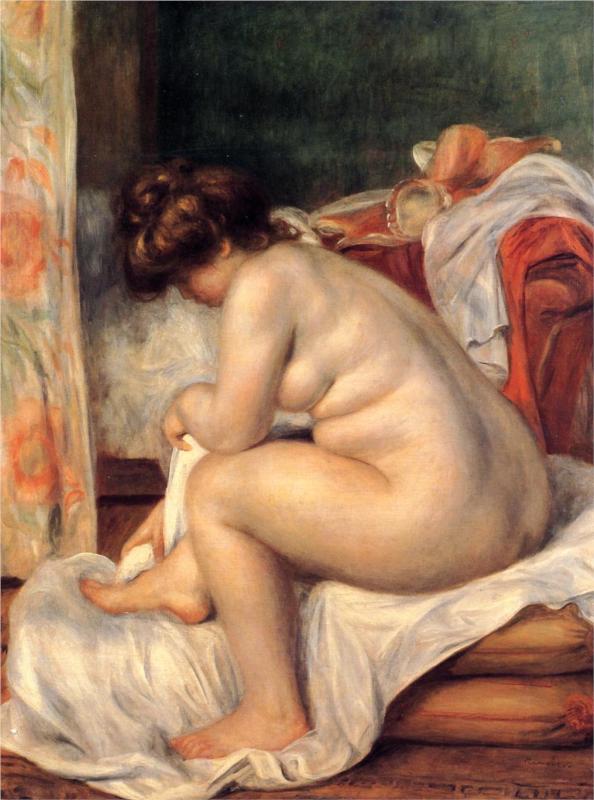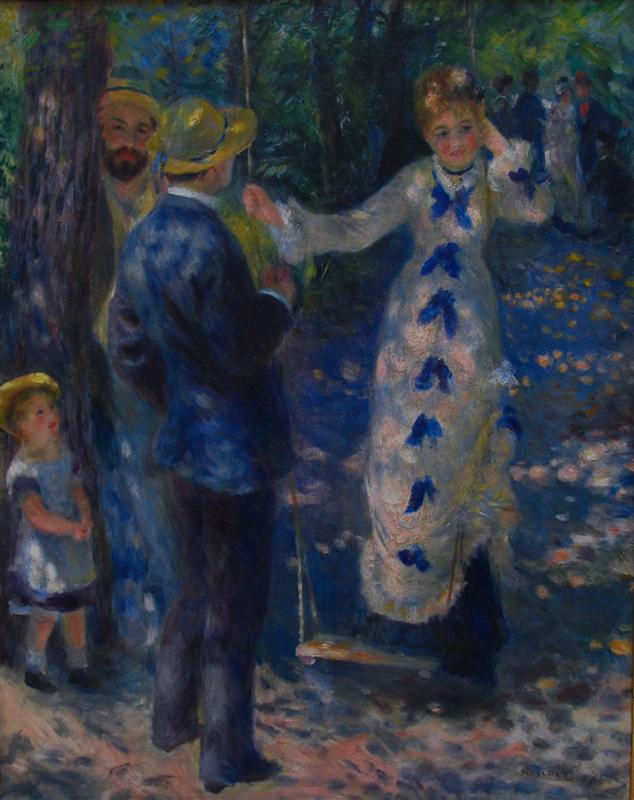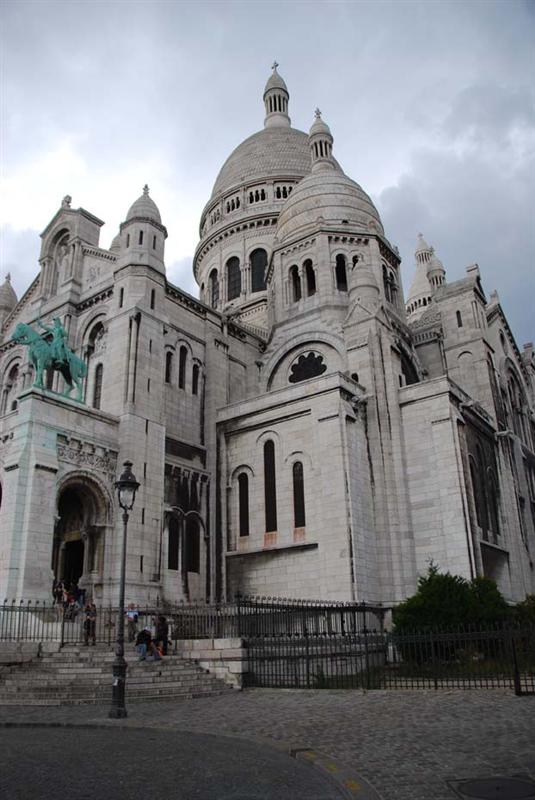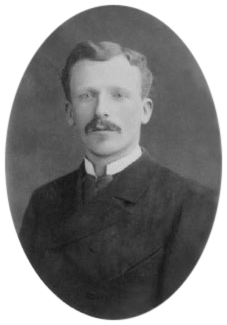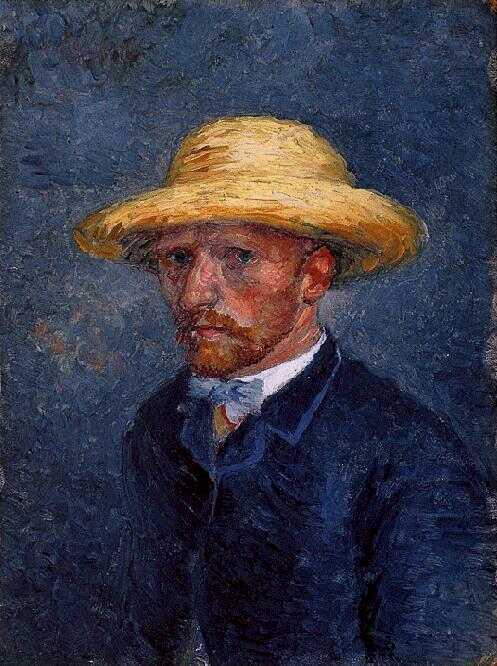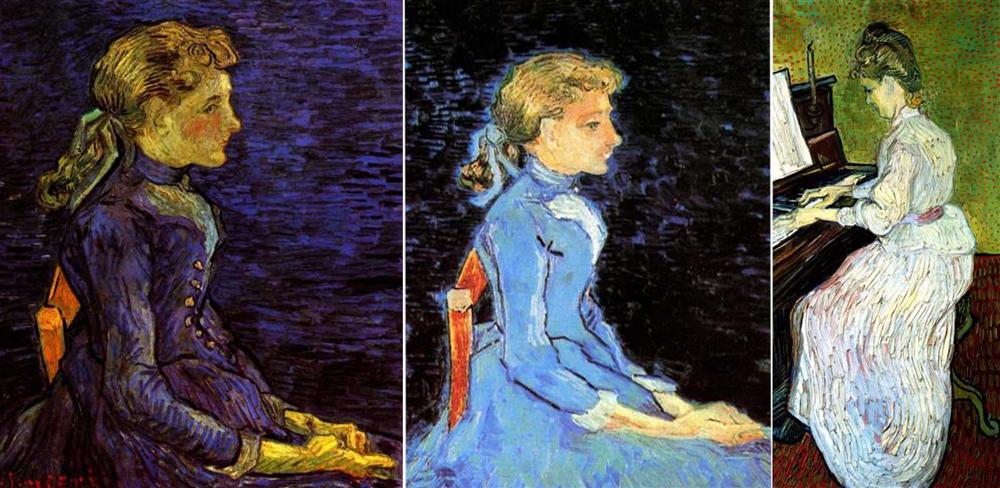Chapter 15 – The Little Gentleman
“Blasphemy!” said Toulouse-Lautrec. “It is accepted science that God himself gave the French the gift of their cuisine, and while he was downstairs, cursed the English with theirs.”
Henri really means it. This is Toulouse-Lautrec’s cookbook, which he wrote and illustrated.
It’s a terrific book, just to look at, but unfortunately, it’s out of print. My friend Kathe Frahm lent this copy to me.
“Evidently. But to be fair, I had brought Guibert along to record the experiment with his camera. It was his first time working inside with the flash and he overloaded the pan a bit with magnesium powder.
Here’s Henri’s friend, Maurice Guilbert, on his bicycle. Maurice took most of the photos I’ve featured here on the blog.
Because he seldom appeared on the butte during the day, many of the boys of Montmartre had actually never seen the “little gentleman.”
The little gentleman – Henri Toulouse-Lautrec – photo by Maurice Guilbert
“I don’t see why we couldn’t ask Van Gogh to come to the studio,” said Lucien, trying to cantilever his end of the painting into the wind.
Walking the Blue Nude – sketch by Elias D’Elia
“I like big butts,” Renoir explained to Toulouse-Lautrec.
Woman After Bathing – Pierre-August Renoir – 1896
Renoir’s son talks about his father’s preference for a woman with some “substance”.
Renoir also went on about how a woman should also be dumb and try not to read. I don’t get the feeling he was especially chauvinistic, he was just a man of his time who adored the female form, and like to keep things simple, especially his women. Even after he was quite wealthy, he lived simply, buying is wine by the barrel from the vintner, insisting that the rind from the brie be eaten, not thrown out.
“Anyway, I wanted to paint a party, all the life that happened on a Sunday at the Moulin de la Galette—dancing, drinking, gaiety. It was going to take a big canvas.
Ball at the Moulin de Galette – Pierre-August Renoir – 1876 (Renoir’s Margot is actually the girl standing behind the girl in blue stripes, but I had to balance the girl in blue with his obsession for the story.)
“You remember that white dress with the blue bows Margot wore?” Renoir asked, the gleam in his eye now going misty.”
The Swing- Pierre August Renoir – 1875 (Not actually Margot, but most certainly the bows on the dress are the most vivid ultramarine of any painting I’ve seen from the period.)
“I was very fond of Margot,” said Renoir. “She fell ill with a fever and I had no money for a doctor.
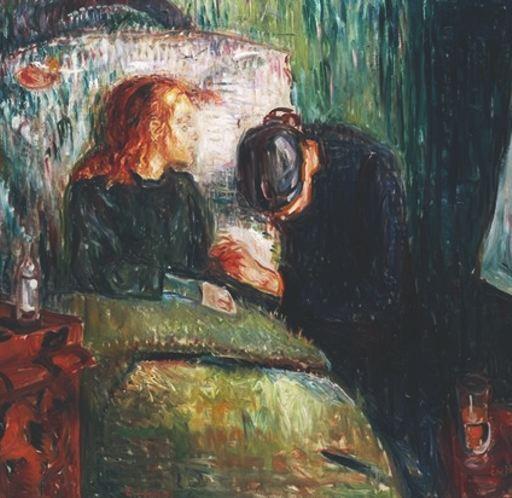
The Sick Child – Edvard
Munch – 1886 – Munch isn’t in the story, but he was in Paris, on and off, during the time frame, and because the only painting that anyone knows by him is The Scream, yet he worked in a genre that spanned the Symbolists, like Redon and Gauguin, and the Expressionists, like
Kandinski and
Kirchner“I would have married her if she had lived,” said Renoir. “She was such a sweet little thing. But I know as the years passed, her bottom would have gotten huge. She was lovely.”
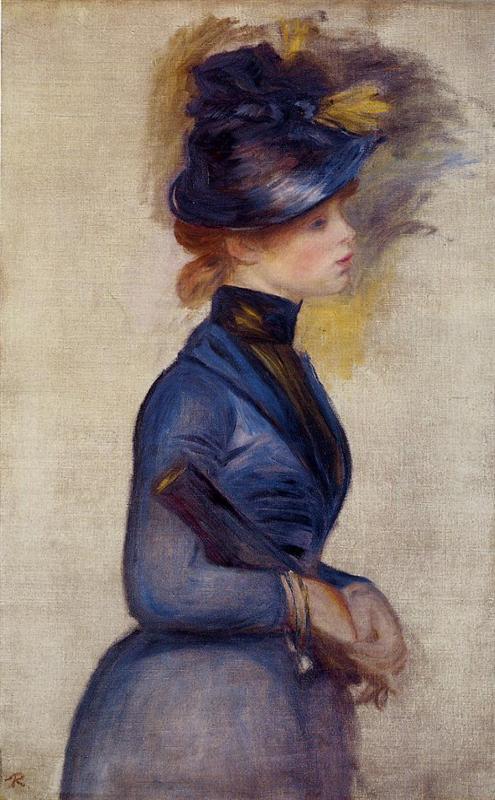
Young Woman in Bright Blue at the Conservatory – Pierre-August Renoir – 1877
This one is Margot in Blue.
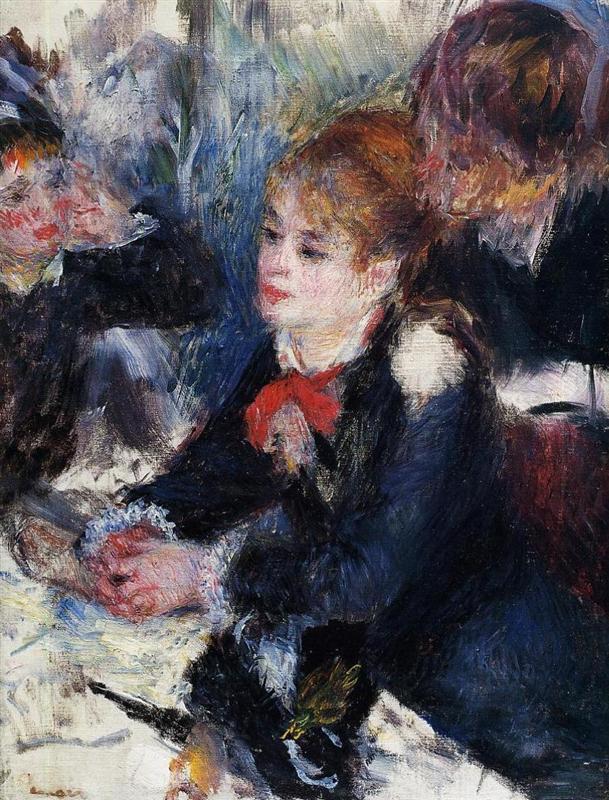
At the Milliners-Margot_ Pierre-August Renoir-1876
Theo van Gogh’s gallery stood in the shadow of the basilica of Sacré-Coeur, the white, Moorish–meets–Taj Mahal fairy-tale church built on Montmartre by the state to atone for the army massacring the Communards (the leaders of whom came from Montmartre) after the Franco-Prussian War.
The younger Van Gogh looked thinner than when Lucien had last seen him, alert to the point of being almost jumpy but not healthy.
Theo Van Gogh- 1888
Theo Van Gogh- Vincent Van Gogh – 1887
Here’s Theo in Vincent’s straw hat from the first chapter, and tons and tons of the Sacré Bleu. No wonder the poor guy was doomed.
“Yes, one of Madame Gachet; three, I think, of the young girl whose family owns the inn at Auvers, where Vincent was living; and one of the innkeeper’s wife. Why?”
Two portraits of Adeline Ravoux (remember the innkeeper’s daughter from Chapter 1)and Madame Gachet at the Piano, all painted just before Vincent’s death. I’m pretty sure there’s a portrait of Madame Ravoux, but I couldnt’ find it, so I may be wrong. Again, the first portrait of Adeline is almost entirely ultramarine blue.

